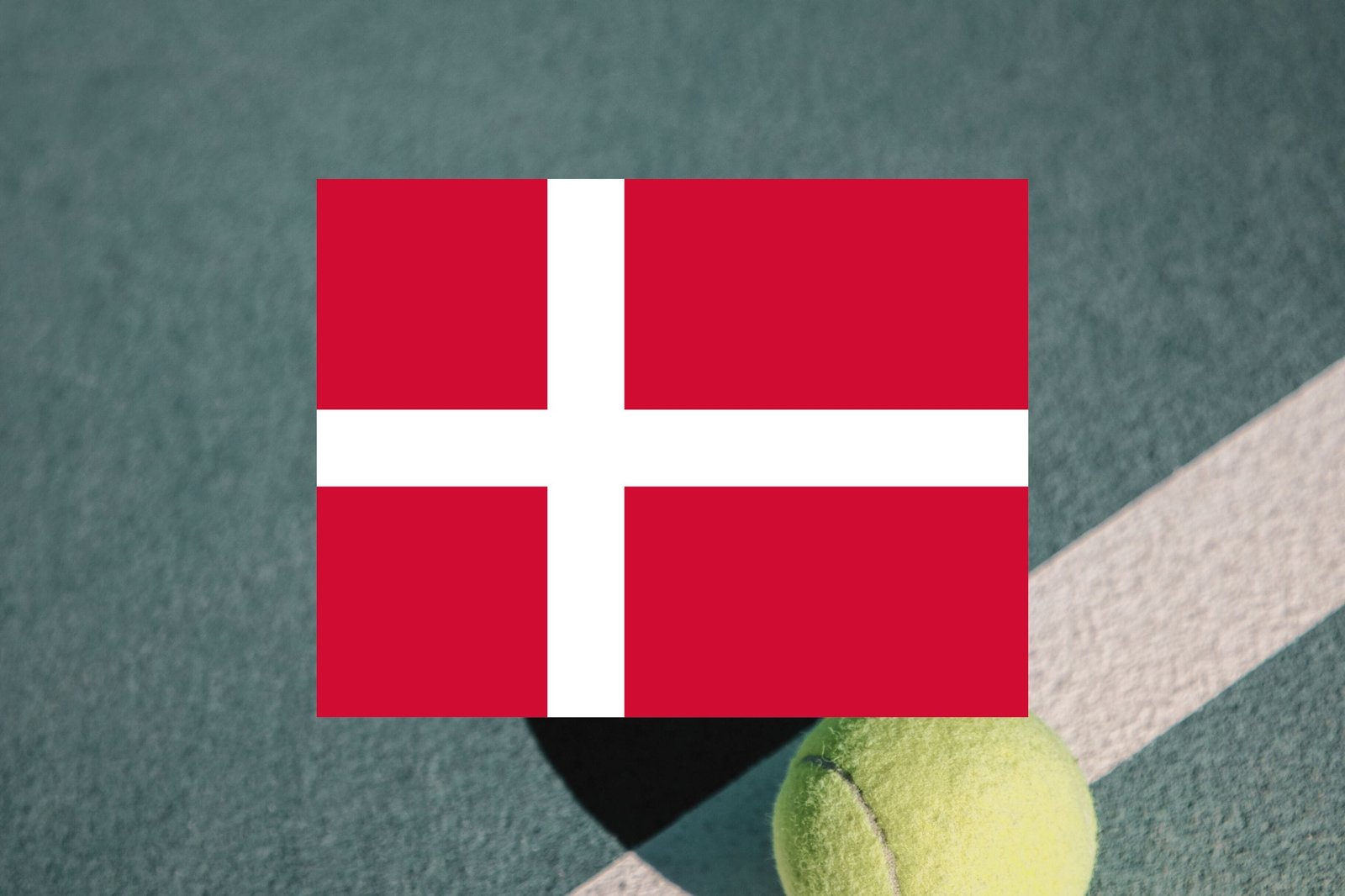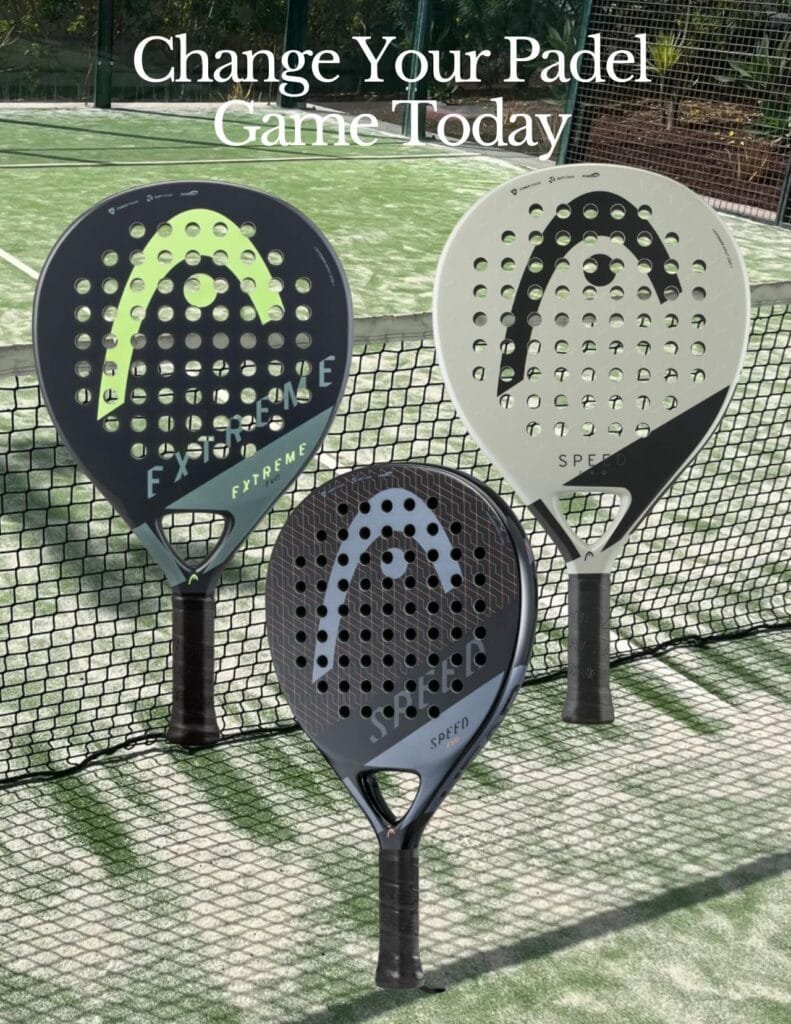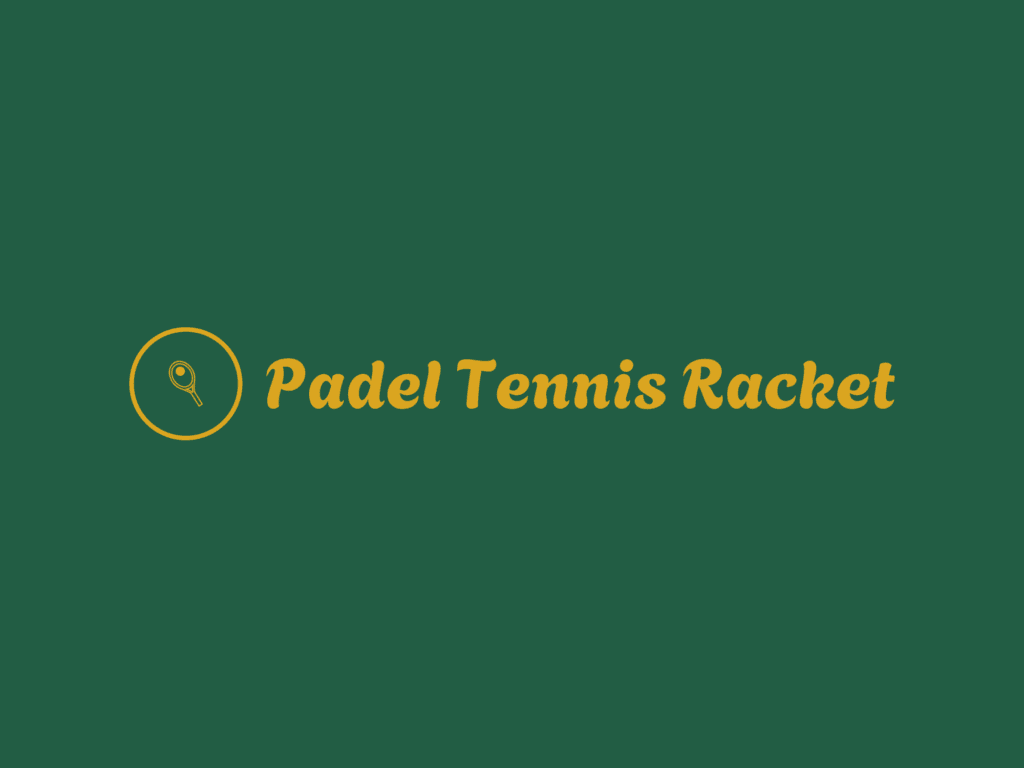
In recent years, padel in Denmark has transformed from an obscure sport into one of the country’s fastest-growing athletic and social pastimes. With its unique combination of tennis, squash, and strategic doubles play, padel offers an engaging experience that appeals to people across all age groups and fitness levels.
The rise of padel in Denmark mirrors a broader European trend, especially influenced by neighboring Sweden and Spain. Initially, the sport saw modest beginnings in Denmark, with a few clubs experimenting with padel courts around 2015. At the time, the sport was still relatively unknown to the Danish public. Fast forward to today, and padel courts are popping up in cities like Copenhagen, Aarhus, Odense, and even in smaller towns, as demand for court time surges.
One of the most attractive qualities of padel in Denmark is its accessibility. The game is played on a smaller court than tennis and surrounded by glass and mesh walls, allowing the ball to stay in play longer. The rules are straightforward, making it easy for beginners to jump in, while the strategy and teamwork required in doubles provide depth for more experienced players. This combination of simplicity and sophistication has helped padel rapidly gain popularity.
The social aspect of padel in Denmark cannot be understated. It’s common to see friends, couples, and coworkers scheduling games not just for exercise, but as a social outing. Many Danish padel clubs have embraced this aspect, creating lounge areas, cafés, and event spaces to encourage a community atmosphere. The sport is increasingly seen as a lifestyle, not just a workout.
Businesses have taken notice of the surge in interest around padel in Denmark. Numerous start-ups and investors have jumped on the trend, building modern indoor and outdoor facilities. Some clubs now offer premium memberships, coaching sessions, and even corporate tournaments. With over 400 courts across the country and more under construction, the sport’s infrastructure is rapidly expanding to meet growing demand.
The media and influencer culture have also contributed significantly to the rise of padel in Denmark. Danish celebrities, athletes, and influencers have posted about their games, helping spread awareness and interest. Instagram and TikTok are filled with highlight clips, trick shots, and lighthearted padel moments, creating a digital ecosystem around the sport. This visibility has played a key role in attracting new players every day.
The competitive side of padel in Denmark is growing as well. The Danish Padel Federation (Dansk Padel Forbund) has worked hard to establish national rankings, host tournaments, and promote young talent. Denmark now fields national teams that compete in international events, and several Danish players are beginning to make names for themselves on the global padel circuit. This adds an exciting professional edge to a sport that has largely been recreational until now.
Despite its many successes, padel in Denmark does face challenges. One concern is sustainability, particularly regarding the rapid construction of new indoor facilities. Questions have been raised about energy use, building materials, and environmental impact. To address these issues, several developers are now focusing on eco-friendly court construction and sustainable operations, including solar-powered facilities and recycled materials for court surfaces.
There is also a conversation around inclusivity. While the sport is more accessible than many others, some critics argue that padel could risk becoming exclusive due to high court rental prices in certain urban areas. In response, some municipalities have begun subsidizing public courts and offering youth programs to ensure padel in Denmark remains a sport for all.
Looking ahead, the future of padel in Denmark appears incredibly promising. As technology continues to integrate into the sport, with features like online booking systems, automated scoring, and court-side cameras, player experience is becoming more seamless and enjoyable. Moreover, initiatives are in place to introduce padel to schools and universities, ensuring that the next generation grows up with the sport as part of their athletic repertoire.
What truly sets padel in Denmark apart is how it fits so naturally into Danish culture. With a focus on community, health, balance, and outdoor activity, padel complements the Danish way of life. It’s a sport that encourages movement without being overly intense, fosters social bonds, and provides a joyful outlet in both urban and rural environments.
In conclusion, padel in Denmark has emerged as a dynamic force in the country’s sports scene. Its rapid rise reflects not just a passing trend, but a deeper cultural embrace of active, social, and inclusive lifestyles. Whether you’re a complete beginner or an experienced player looking to compete, padel in Denmark offers something for everyone, and it’s here to stay.


